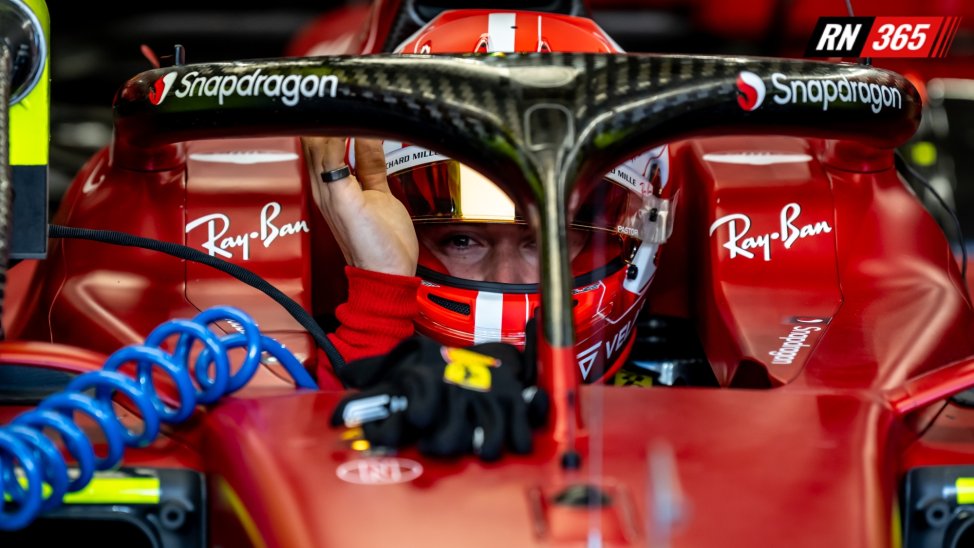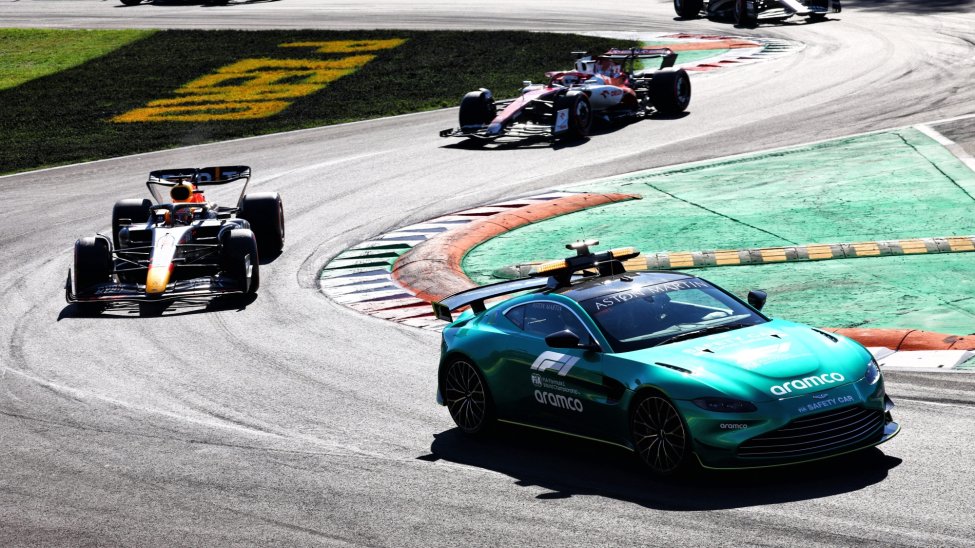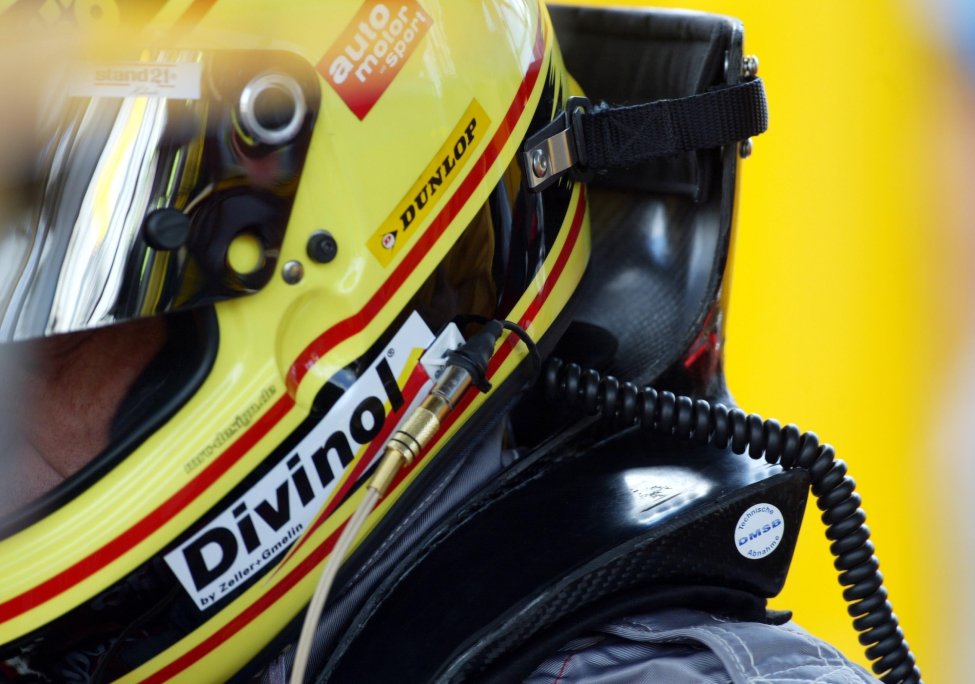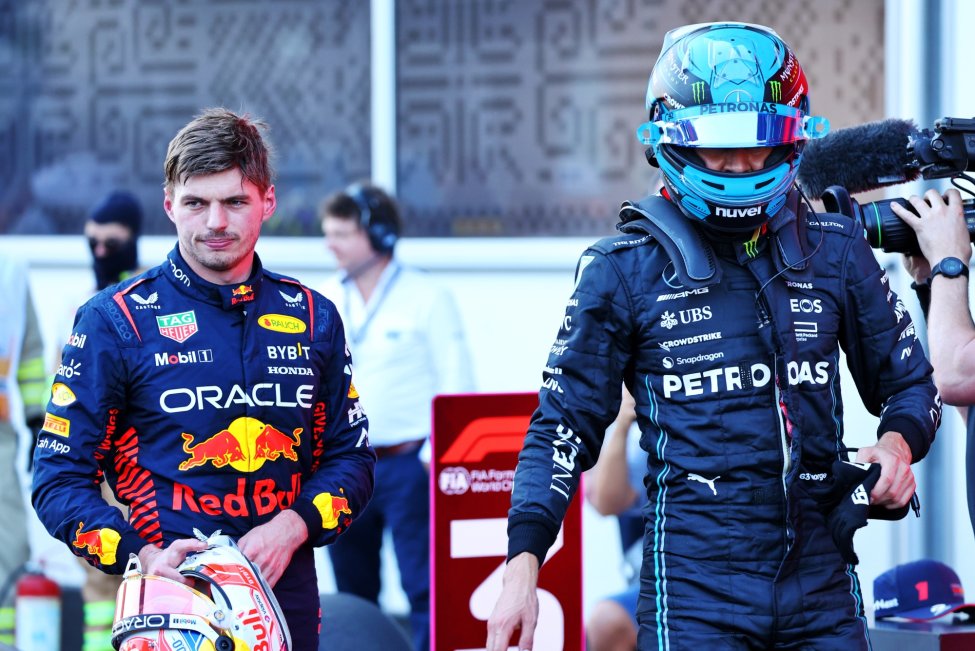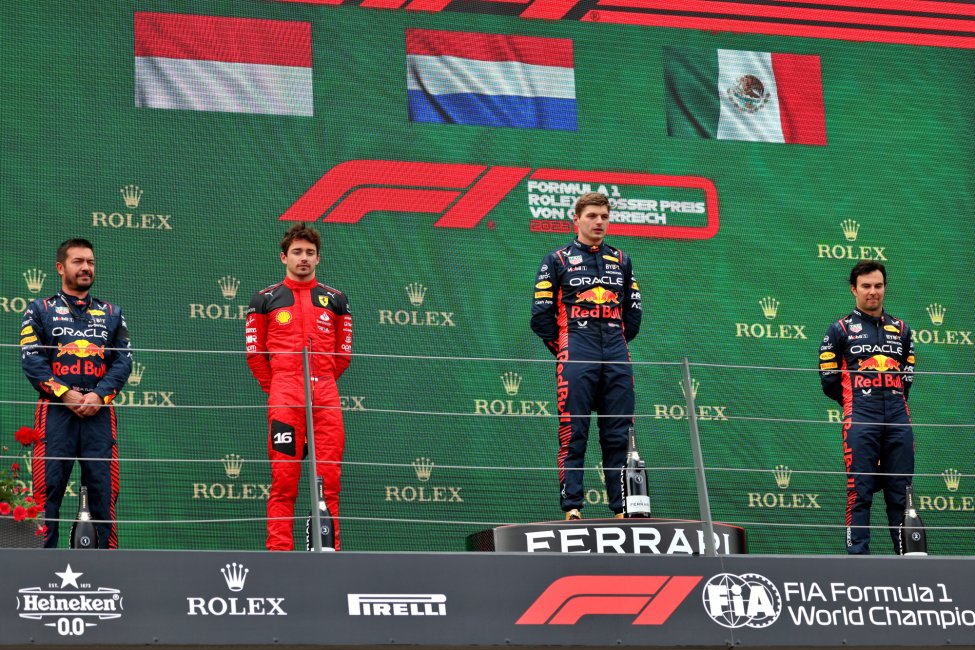Safety in Formula 1
Safety is very important in Formula 1, because racing in a Formula 1 car is not without risk. Over the years, safety has already improved considerably through technologies, regulations and procedures. How is safety ensured in Formula 1? You can read all about it on this page.

Halo F1
Since 2018, the halo has been introduced to improve Formula 1 driver protection in the cockpit. How exactly does a halo work and how did it come about? You can read all about it on this page: Halo F1
Safety Car F1
The safety car contributes a lot to safety in Formula 1. What is a safety car, who is driving it and why is a safety car not a Formula 1 car? The answers to these questions and more can be found on this page.
Head and Neck Support System (HANS)
The HANS system is a key innovation in Formula 1. The system, which stands for "Head and Neck Support", was developed to increase driver safety and reduce head and neck injuries in severe crashes. The HANS system was invented by Dr Robert Hubbard in 1980, a former professor at Michigan State University.
HANS system F1
The HANS System F1 consists of a special collar worn around the driver's neck and attached to the helmet. The collar is made of sturdy but lightweight material. It absorbs the impact force of a crash and protects the driver's neck from excessive movement.
What is the purpose of the HANS system?
The importance of the HANS system cannot be overstated. Before the development of this system, neck and head injuries in crashes were a common problem in Formula 1, sometimes with fatal results. Roland Ratzenberger, for example, died of skull base fracture, something the HANS system could have prevented. In 2003, Formula 1 adopted the system and since then it has been mandatory for all drivers. The HANS F1 system has helped to drastically reduce such injuries.
It is not only within Formula 1 that the piece of technology is deployed. The following racing classes also use it:
- IndyCar Series
- NASCAR
- World Rally Cars
- Australian Supercars
- Monster Trucks (not compulsory)
F1 driver equipment
The equipment of a Formula 1 driver provides extra safety while racing. The equipment includes the helmet, racing suit, undergarments, gloves and shoes. The HANS system (see above) is also part of the equipment. What are racing suits made of and how do tear-offs ensure Formula 1 driver safety? You can read about it here.
High-speed camera F1
What is a High Speed Camera in Formula 1? A high-speed camera is a camera specially designed to capture clear images of high speeds. In this way, movements of Formula 1 cars and drivers can be accurately analysed to improve performance, but also optimise safety. In fact, these cameras also play an important role in analysing crashes, with the aim of preventing them in the future. An example where these images are very valuable is during the analysis of Romain Grosjean's crash at the 2020 Bahrain Grand Prix. The Accident Data Recorder that sits in the car also plays an important role. This device stores data such as impact and speed in an accident.
The use of high-speed cameras in Formula 1 started back in the 1990s when teams started using images to analyse technical problems. Over the years, these cameras have continued to improve and are still used in Formula 1.
F1 drivers fatal accidents
Although Formula 1 has become a lot safer compared to previous years, it is still a sport with risk. Over the years, dozens of drivers have died. So to prevent this in the future, a lot of hard work is being done to continuously improve safety in Formula 1.
Don't miss out on any of the Formula 1 action thanks to this handy 2026 F1 calendar that can be easily loaded into your smartphone or PC.
Download the calender